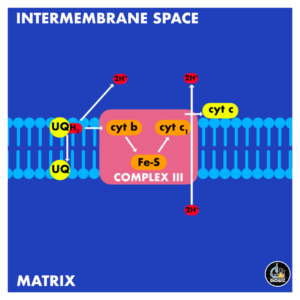TYPES OF SOLUTION
- Hypotonic Solution– Solution having relatively less solute concentration is called Hypotonic solution
- Isotonic Solution– Solutions having exactly same solute concentration is called Isotonic solution
- Hypertonic Solution– Solution having relatively high solute concentration is called Hypertonic solution.
PLANT CELL IS KEPT IN HYPOTONIC SOLUTION
When a plant cell is kept in a hypotonic solution, endosmosis will occur as the Osmotic pressure of the solution is less and the Osmotic Pressure of the cell is high. As osmosis occurs from low OP to high OP, the water will start entering the cell from the solution. (The OP of the cell decreases continuously as the water enters inside it)
As a result, the volume of the cell protoplast will increase which will exert a pressure in outward direction on the cell wall. This pressure is called Turgor Pressure. The Turgor Pressure pushes the cell wall in outward direction and due to this the plant cell swells up. But as the cell wall has limited flexibility, the size of the cell will increase only up to a certain extent and then stop. At this point, the value of Turgor pressure reaches its maximum value and becomes equal to Osmotic Pressure. As OP becomes equal to TP, the DPD of the cell will become zero (DPD=OP-TP) and no further entry of water can occur inside the cell.
The cell which experiences a Turgor Pressure is called a Turgid cell.
ADVANTAGES OF TURGOR PRESSURE
The Turgor Pressure has several advantages to the plant
- Helps to maintain the shape of the cell.
- Responsible for Nastic movements in plants.
- Helps in Opening and closing of Stomata.
PLANT CELL IS KEPT IN AN ISOTONIC SOLUTION
An Isotonic solution will have the same concentration as that of the cell. So as the result, no change in volume of the cell will be observed as the net exchange of water between the cell and the solution will be zero.
PLANT CELL IS KEPT IN A HYPERTONIC SOLUTION
When a plant cell (suppose a Turgid cell) is placed in a hypertonic solution, it starts to loose water due to exosmosis. This occurs because the Osmotic Pressure of the solution is relatively higher than that of the cell and osmosis will occur from low OP to high OP.
As the cell looses water, its Turgor Pressure will decrease and at a time it reaches zero. At this time, the protoplast exerts no pressure on the cell wall and the cell is called a Flaccid cell.
Further decrease in volume of the protoplast means the Turgor Pressure will become negative. Due to this, the protoplast will start detaching from the cell wall and this is called Plasmolysis.
Stages of Plasmolysis:
- Limiting Plasmolysis (TP=0)
- Incipient Plasmolysis. (TP= -ve)
- Evident Plasmolysis.(TP= more -ve)
The cell which has a negative TP is called a Plasmolyzed cell. The space between cell wall and protoplast is occupied by the external hypertonic solution.




